Conservation
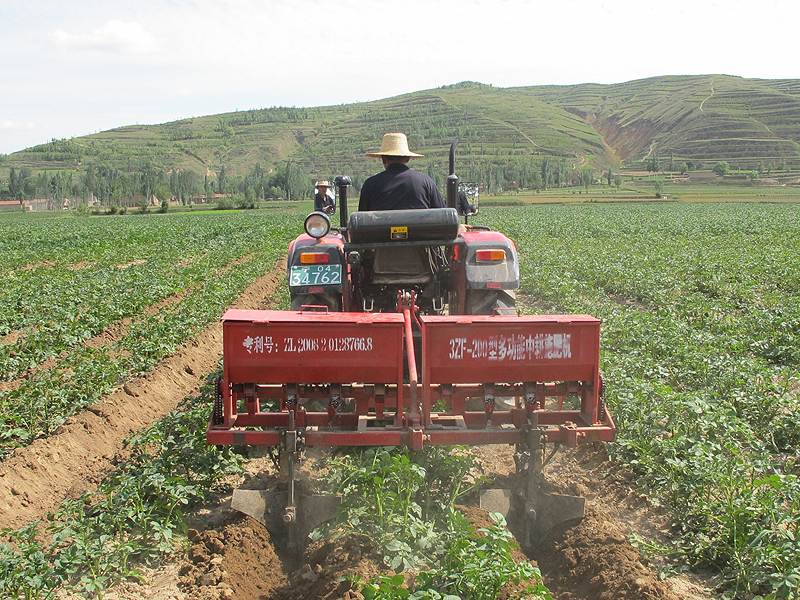
When you think of China, do you think of potatoes? Maybe not, but in the Loess Plateau region of northwestern China, potato is the main food crop.

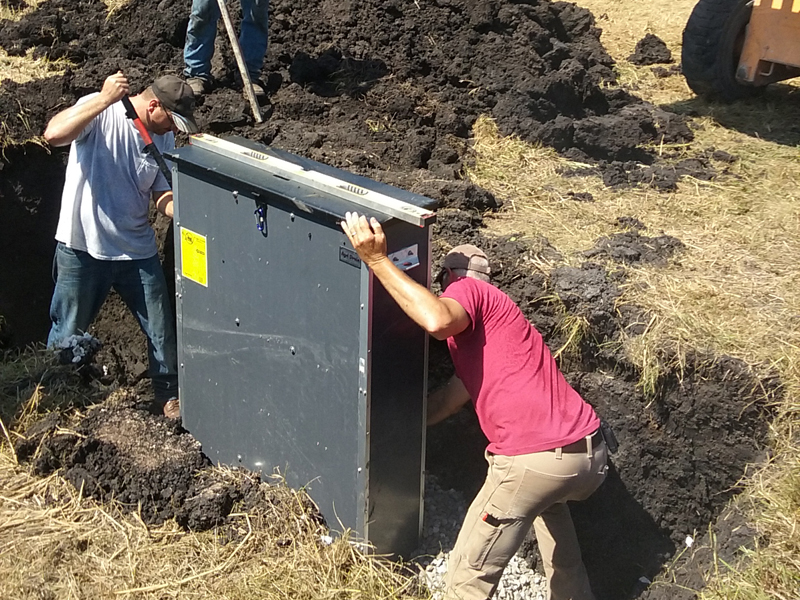
Spring in America’s heartland is often wet. That makes its soil too soft for planting. One solution to that issue is tile drainage. Growers insert a series of pipes (drain tiles) under their fields, which drains water from the soil into nearby streams and lakes.

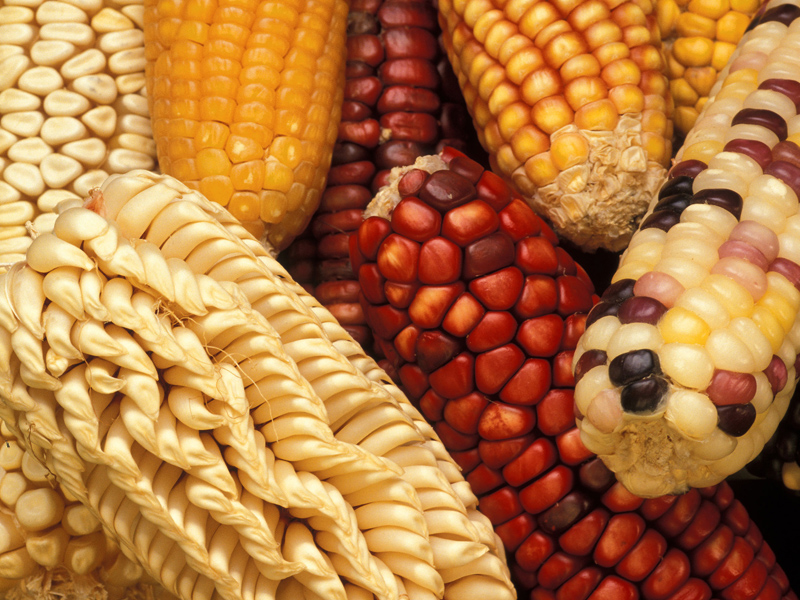
Imagine a gardener, plant explorer, geneticist, and computer specialist all rolled into one job. You might call that person a steward of plant genetic resources.

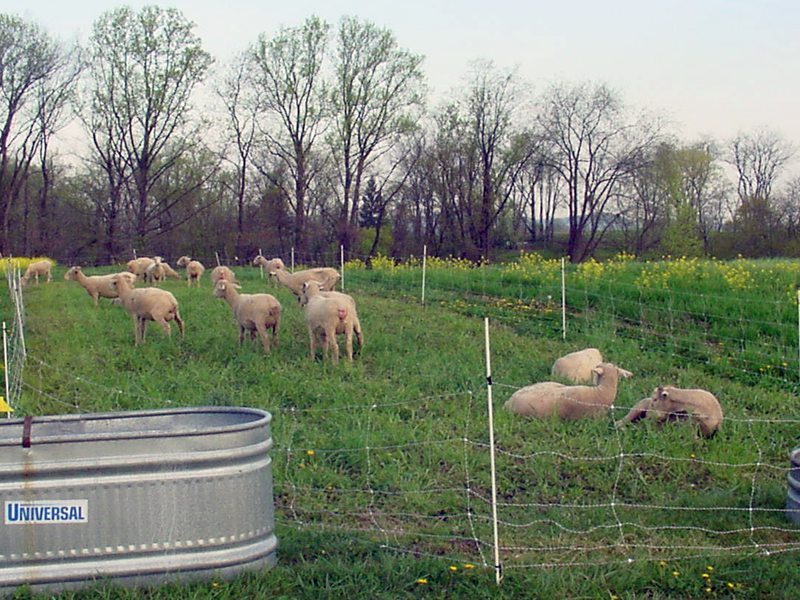
Soil gets tired. After years of supporting a rotating cast of crops, the soil’s nutrient supply is often exhausted. The tilling, turning, and planting also degrade the organic matter in the soil and its ability to stay hydrated.

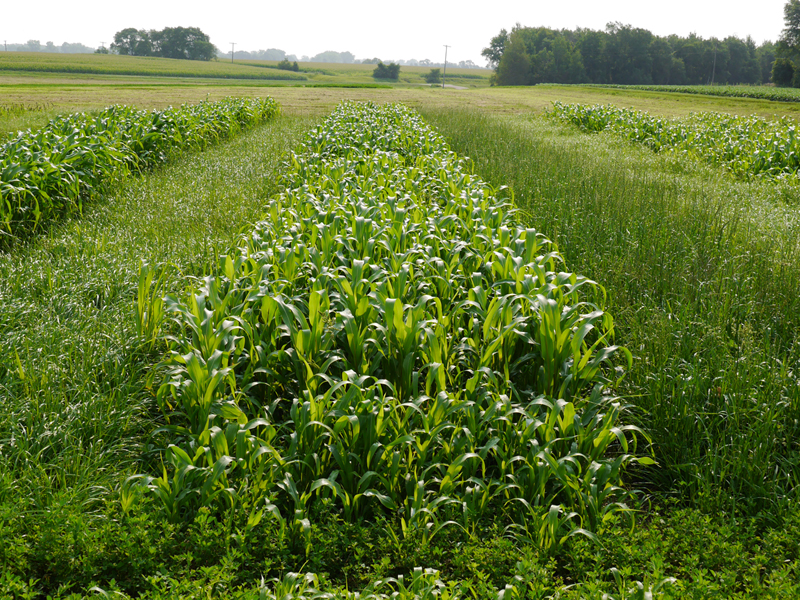
Meet alfalfa, a perennial legume used mainly as high-quality feed for dairy cattle. Alfalfa is also used as feed for beef cattle, horses, sheep, and goats. It’s high in protein (16-20% crude protein). It contains a lot of calcium and other minerals and vitamins. It contributes billions of dollars to the United States economy annually.
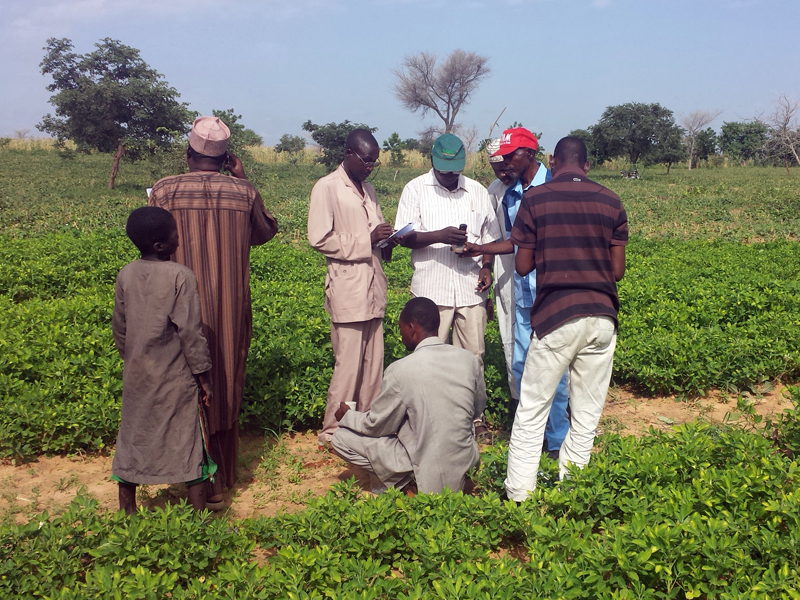
Two crops or one? Sometimes, growing two crops simultaneously on the same piece of land – called intercropping – can benefit farmers. But it needs careful planning and resource management.
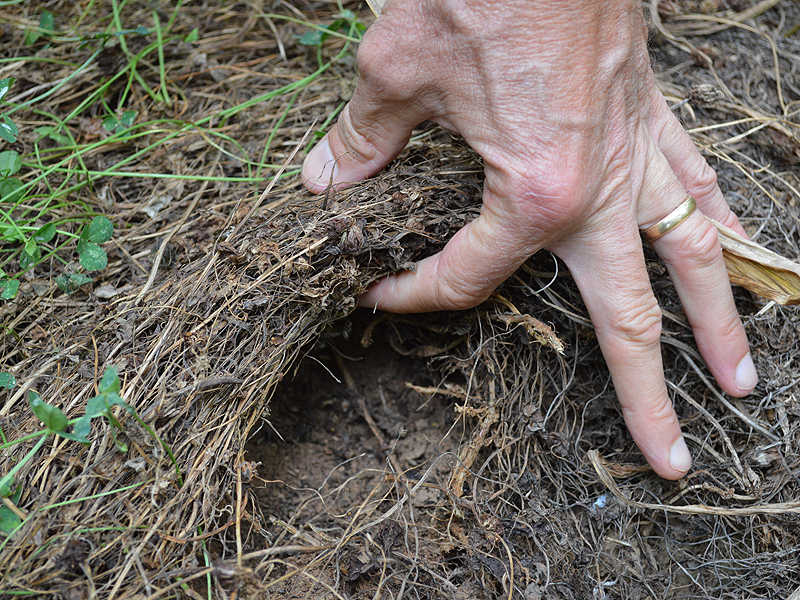
Living mulch functions like mulch on any farm or garden except — it’s alive. No, it’s not out of the latest horror movie; living mulch is a system farmers can use to benefit both profits and the soil. While the system has been around for a while, scientists at the University of Georgia are making it more efficient and sustainable.
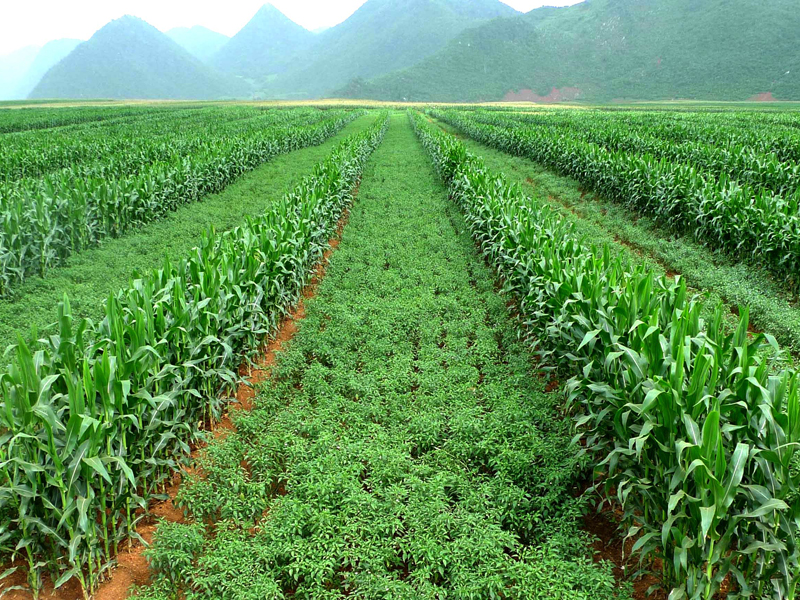
On the steep farming slopes of China, Bozhi Wu and his research associates are finding ways to improve economic and environmental stability.
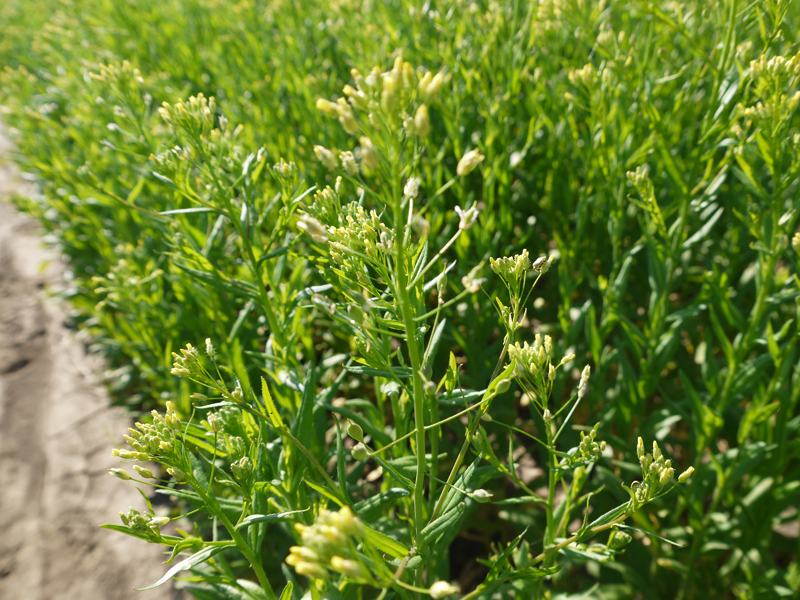
Camelina: Have you heard of it? It’s an emerging alternative oilseed crop in parts of the Great Plains.
 A new study looks at how three varieties of camelina perform when grown in two different regions within the Great Plains.
A new study looks at how three varieties of camelina perform when grown in two different regions within the Great Plains.
The end goal is to find the camelina variety that performs best in each location or environment. Augustine Obour at Kansas State University was the lead author of the paper.
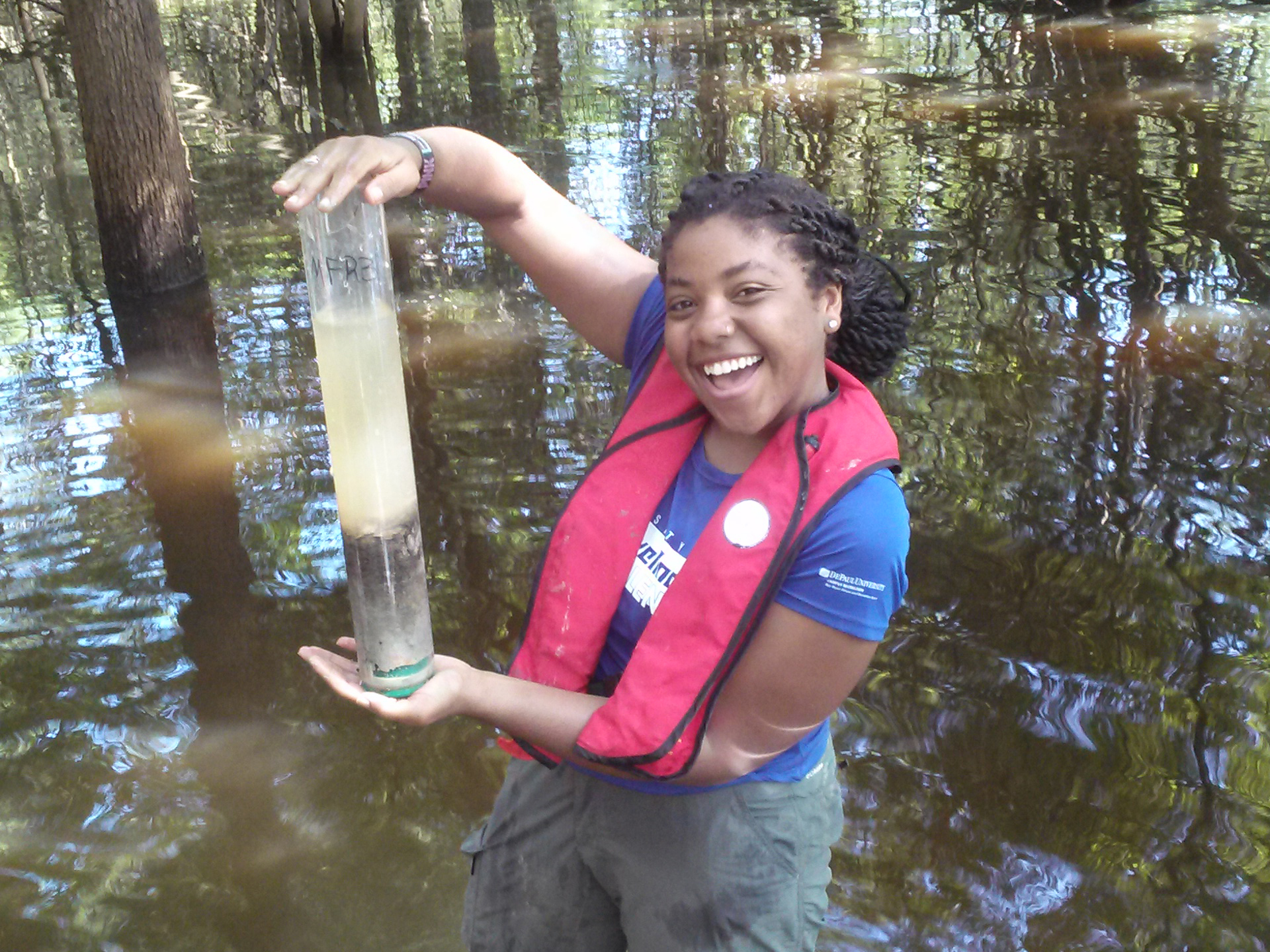
Huckleberry Finn wouldn’t recognize today’s lower Mississippi River. Massive walls separate the river from low-lying lands along the bank, an area called the floodplain. Floodplains were once the spillover zone for the river. As people settled in floodplains, the land was converted into farms, homes, and businesses. Close to 1,700 miles of walls, or levees, keep the lower Mississippi River in check.
